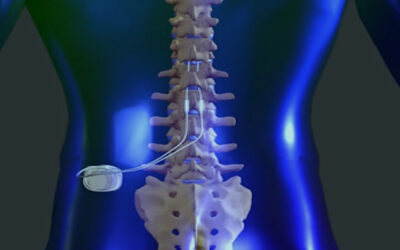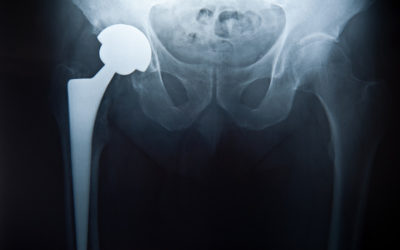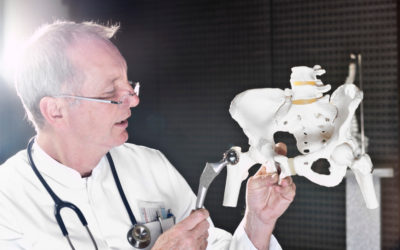This is a complex issue that defies simple explanation in non-technical terms. The bottom line is that patients with hip resurfacing should not worry about this. They should keep their regular follow-up appointments with their surgeons to monitor their implant every other year. They should report any significant problems to their surgeon.
A small percentage of patients with acetabular inclination angles greater than 60 degrees may develop pain and soft tissue inflammation due to larger amounts of wear debris. The acetabular component should probably be changed in these patients.
So far in 1650 resurfacings in over 10 years using both the Cormet and the Biomet devices, I have not yet had one of these cases. I do have some patients with acetabular inclination angles greater than 60 degrees and I am monitoring these patients routinely the same as all patients. Since November 2007 I have been taking Intraoperative XR in an attempt to insure that high inclination angles are eliminated.
I am currently writing up a study I recently undertook to evaluate the use of intra-operative XR to improve component position. Using this technique, no acetabular angles are now over 60, and few are above 50 degrees. This gives us a good safety margin. This technique was developed in response to new emerging evidence about acetabular inclination angles.
This explanation gives only the briefest overview of a very complicated emerging issue in resurfacing. At this point no information exists to suggest the ideal lower limit of acetabular component inclination. Also, component position is more than a one dimensional problem. What about acetabular anteversion angle? What about depth of component placement? There is no data to guide us here yet. To be sure, every surgeon has an opinion, but no data exists yet. So I will not discuss it further.
In addition component manufacturing details such as the alpha angle, may impact the ideal placement. Also some of the earlier implants may have had higher clearance between the femoral and acetabular components which may have made them more susceptible to developing high wear states. As I said, there are many complexities to this issue, and we have much to learn.
In the last 1-2 years information has emerged that indicates that a small percentage of patients with acetabular inclination angles greater than 60 degrees may develop high wear states. This may lead to pain or soft tissue reaction sometimes called “pseudotumor” (pseudo = false, this is not a cancer or precancerous lesion, it is simply a soft tissue inflammation as a result of debris). We have seen soft tissue reaction associated with loose or worn implants for years. “pseudotumor” is a new term coined to describe an inflammatory mass associated with metal-metal bearing implants when implants are still well fixed.
In addition some studies have shown a higher association of increased metal ion levels with greater acetabular inclination. Benchtop biomechanical studies have shown increased wear with acetabular inclination above 60 degrees. But they were not able to control for anteversion position in these studies. It is therefore hard to know how to apply this information to actual patients.
Therefore, please remember to keep your regular follow-up appointments with your surgeon (even if all seems to be going well) so that we can monitor your implant and discover if a problem develops that needs to be addressed. After the second year postop, I recommend routine checkups every other year. We have developed a protocol for remote follow-up to make it easier for my patients to maintain follow-up if they are unable to travel to Columbia. This is only available to patients that I have operated on. This issue is a good illustration why routine follow-up evaluations are important for all patients.




